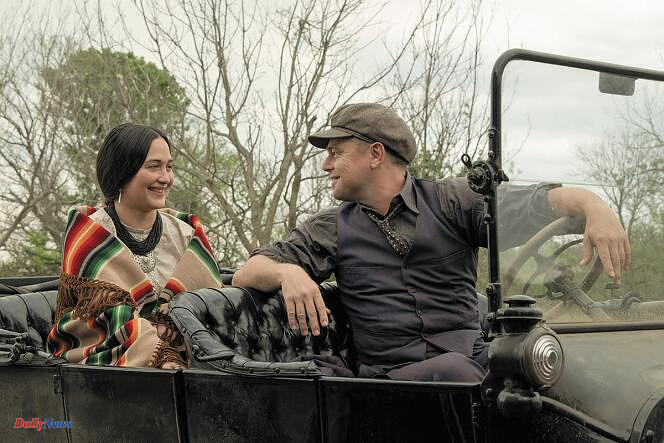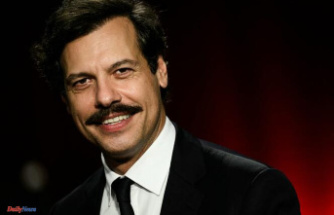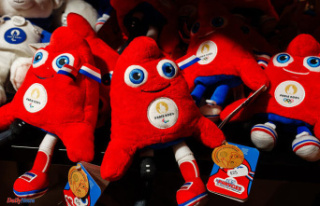Martin Scorsese's twenty-seventh feature film recounts one of the most frightening scenes in American history. This adaptation of an investigation by journalist David Grann (The American Note, Globe, 2018) is classic in style, in the noble sense of the term, sure of its strengths and which is not without an edifying aim. It is about bringing to light a massacre buried by history: that of the Osage Native American tribe by white despoilers, during the 1920s.
At the end of the 19th century, the discovery of oil deposits in Osage territory, in Oklahoma, immediately attracted a crowd of opportunists of all stripes, good businessmen in all respects, ulcerated by these Indians whose opulence would be like an affront to the natural order. Understand: theirs, that of white people. Violent deaths accumulated among the Osage, in such proportions that they ended up justifying the intervention of a federal police in a training period, the future FBI, under the leadership of John Edgar Hoover.
In the aftermath of the First World War, Ernest Burkhart (Leonardo DiCaprio), an idle veteran, arrives in Gray Horse, one of the mushroom towns that grew up in the oil plains, to join his uncle William Hale (Robert De Niro ), important local breeder nicknamed “King”. This self-proclaimed protector of the Native Americans secretly orchestrates a sordid capture of inheritance by marrying his sons and nephews to Osage young ladies, who are then slowly eliminated.
Dense romantic thickness
So he pushes Ernest into the arms of Mollie Kyle (Lily Gladstone), a young diabetic heiress struck by serial bereavements, seeing her loved ones fall one by one into a silent massacre. Like a grain of sand, a curious detail seizes this diabolically well-established death machine: Ernest truly falls in love with Mollie, he sincerely believes in the fiction of the home founded with her, and hinders his uncle's plans, even though he continues to carry out its orders.
In this plot of dense novelistic thickness, Scorsese orchestrates the repeated face-to-face between master and disciple, between his two sacred monsters who compete with satirical faces to sketch out all the filth of their characters. Emphasizing the imbecility of his character, DiCaprio sometimes deprives us of understanding the love that Mollie has for him.
It is on the shoulders of this splendid female figure, played by Lily Gladstone without an ounce of mannerism, that Killers of the Flower Moon rests, unearthing in her silent and melancholy gaze the revealer of the terrible abuses of which history remains silent.












